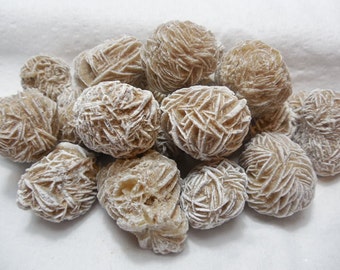On Thursday, my family went to a local Botanic Gardens for the afternoon. Besides lots of pretty flowers, I saw some things relevant to this particular blog:
This, if you can't read the sign, is Artemis Silver Sage. Sage is a wonderful herb of purification, and if you were doing a working with the Goddess Artemis or any of her sacred animals, it might be worth the research to find some at a garden center. Besides its purifying qualities, this particular Sage has the added benefit of having leaves that are positively downy with fuzziness.
There was this depiction of Pan on a dry fountain in the English garden.
Outside the English garden, someone had crafted a statue titled "The Guardian" with these massive Quartz crystals set in the center; the whole matrix was longer than my forearm. Whether or not the artist actually has the crystals empowered to act as a Guardian of the garden, I couldn't say. Nevertheless, one could absolutely use crystals around the home for protection as desired.
The three trunks in the center of this picture belong to an Alder tree. I immediately thought of my blog when I saw it, because for some unfathomable reason, my "Celtic Tree Month: Alder" post is still my most popular, with over 5,200 views at this time. Here's a photo of one such tree I can actually claim to have taken!
There was also a big grove of birch trees which I felt had to be included. Birch is sacred to many deities, and is particularly noted in Wicca as being a tree of the Goddess.
On Friday, I went downtown with a friend to see a showing of A Midsummer Night's Dream (it was brilliantly done), and Saturday was spent at the zoo. Yesterday was occupied primarily by church and work, and now, finally, I have a moment to sit an catch up.
As many of my followers are probably aware, I am off to college next month and have been scrambling to get things ready. On Saturday, I found a marvelous little couch at a garage sale for $20 that will be perfect for my dorm - I'm considering it a Goddess-given miracle. Additionally, I was able to get a bunch of books from the library yesterday, so expect posts in the near future regarding the metaphysical subjects I'm now perusing.








.JPG)


.JPG)
.JPG)
.JPG)




















